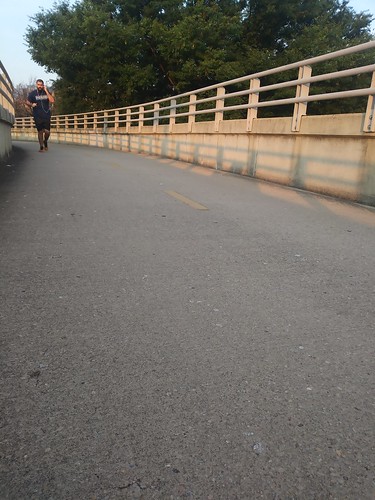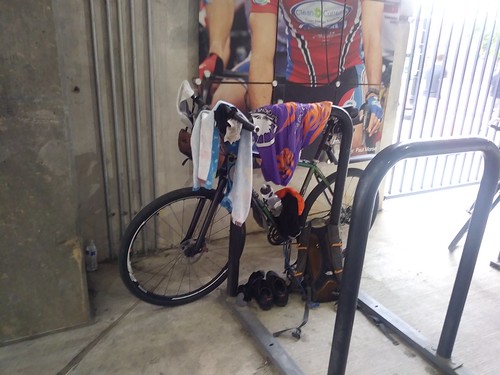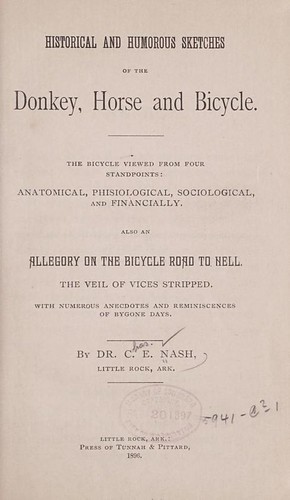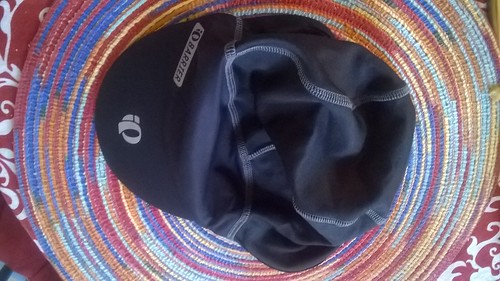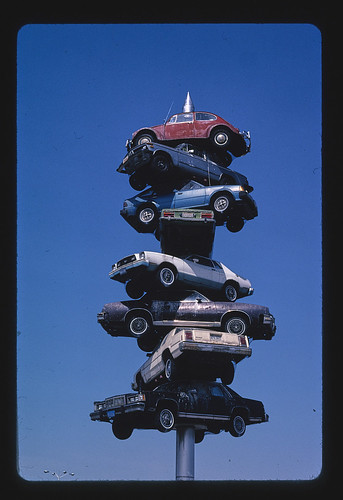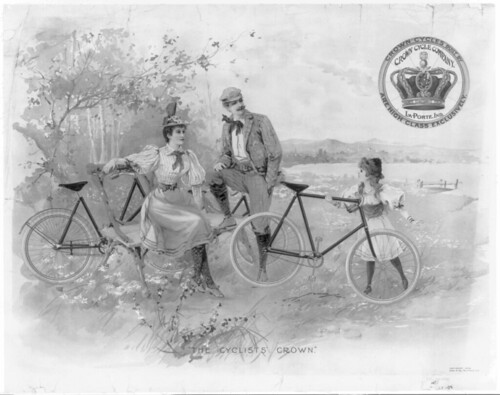
Presumably used in advertising for this Indiana bicycle company
Title-Crown Cycles
Summary-Family outing on bicycles.
Created / Published-1896.
Notes
- Lithograph poster.
- This record contains unverified, old data from caption card.
Medium-1 print : lithograph.
Call Number/Physical Location-No call number recorded on caption card [item] [P&P]
Repository-Library of Congress Prints and Photographs Division Washington, D.C. 20540 USA
Digital Id-cph 3a48326 // hdl.loc.gov/loc.pnp/cph.3a48326
Library of Congress Control Number-2006684350
Reproduction Number LC-USZ62-48185 (b&w film copy neg.)
Rights Advisory-Rights status not evaluated.
Format-image
Description-1 print : lithograph. | Family outing on bicycles.
LCCN Permalink lccn.loc.gov/2006684350
www.loc.gov/resource/cph.3a48326/
Peculiar sort of advertisement - only the man's bike is properly visible, and even it is not shown in much detail. The front of the woman's bike is obscured and the child's bike is not visible at all. (At this point serious children's bikes were not much of a market since the cost was rather high for something for a child.) It is also interesting that the emphasis here, in 1896, is on where you can go with the bicycle and doesn't show the cyclists riding the bicycles.
1896 was the height of the so-called "bicycle craze" of the 1890s.
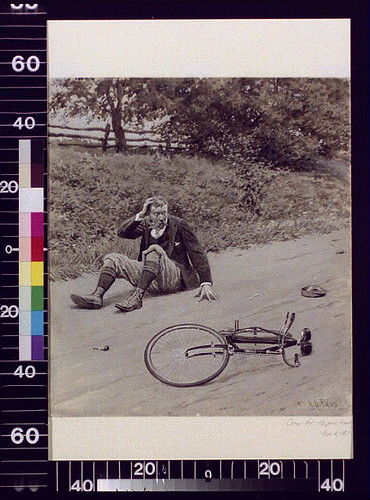

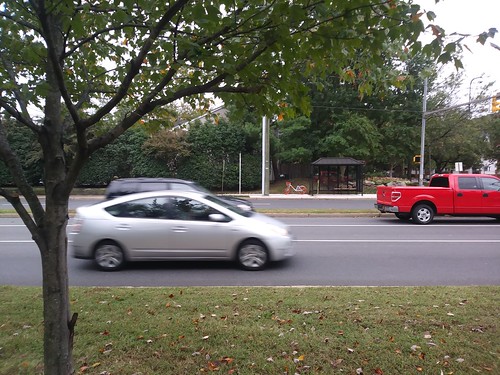
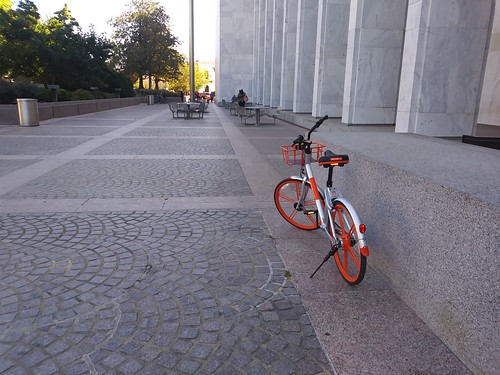
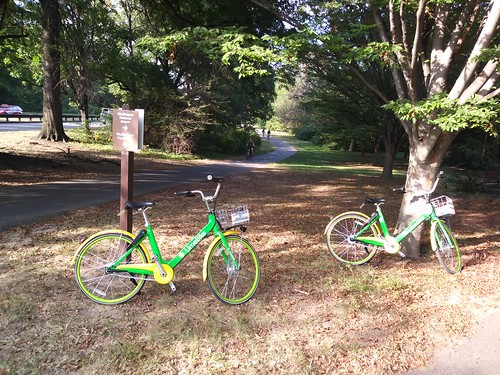

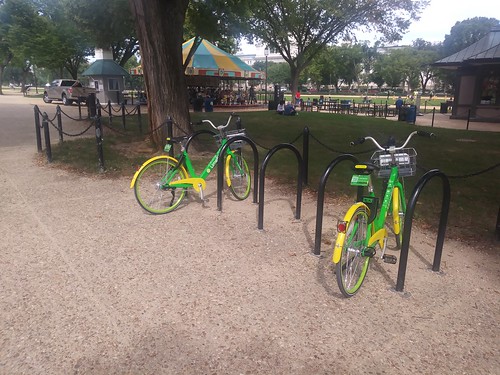
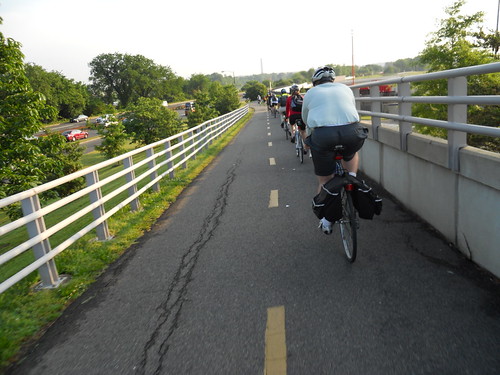
![Beverly Bayard & Lorline Davis [with bikes] - news photo, 1920](https://farm5.staticflickr.com/4380/36790367686_400398e59c.jpg)

